Here’s what the falling Australian dollar means for travellers
It’s a country Aussies love to visit but they could be spending a few hundred more to head over there. However, tourists have been advised not to panic just yet.
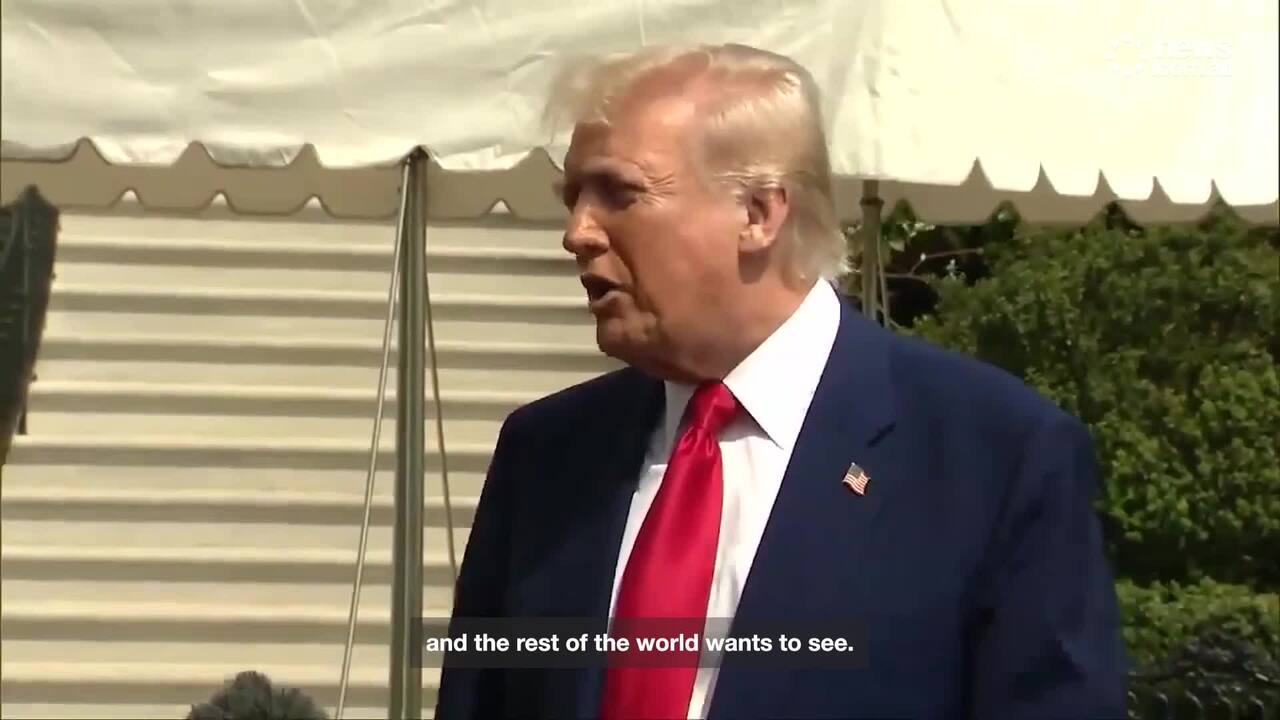
The falling Aussie dollar can seem like a nightmare if you’re planning an overseas trip soon.
Finder analysis of recent exchange rate changes and holiday spending patterns shows that while you will pay more as the value of the dollar falls — such as almost $400 to go to Bali — that doesn’t yet represent a huge proportion of what we’re typically spending for overseas travel. So don’t panic just yet.
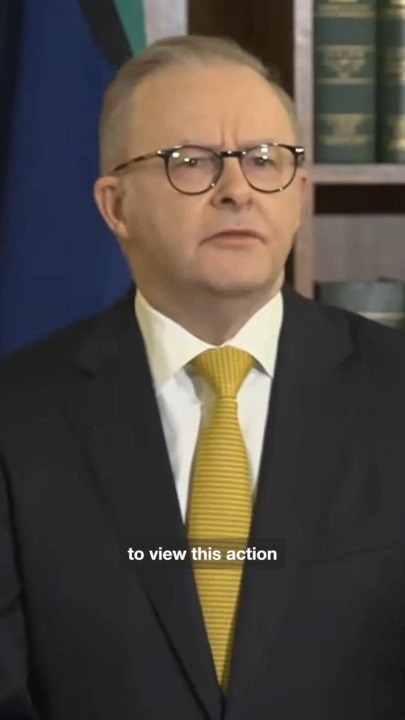
The average Australian spends around $6675 on an overseas holiday, Finder research shows.
How much will that go up for popular destinations with the recent rate changes?
The answer: less than you might think — but still a few hundred — for popular holiday spots like Bali, the US, Europe and New Zealand.
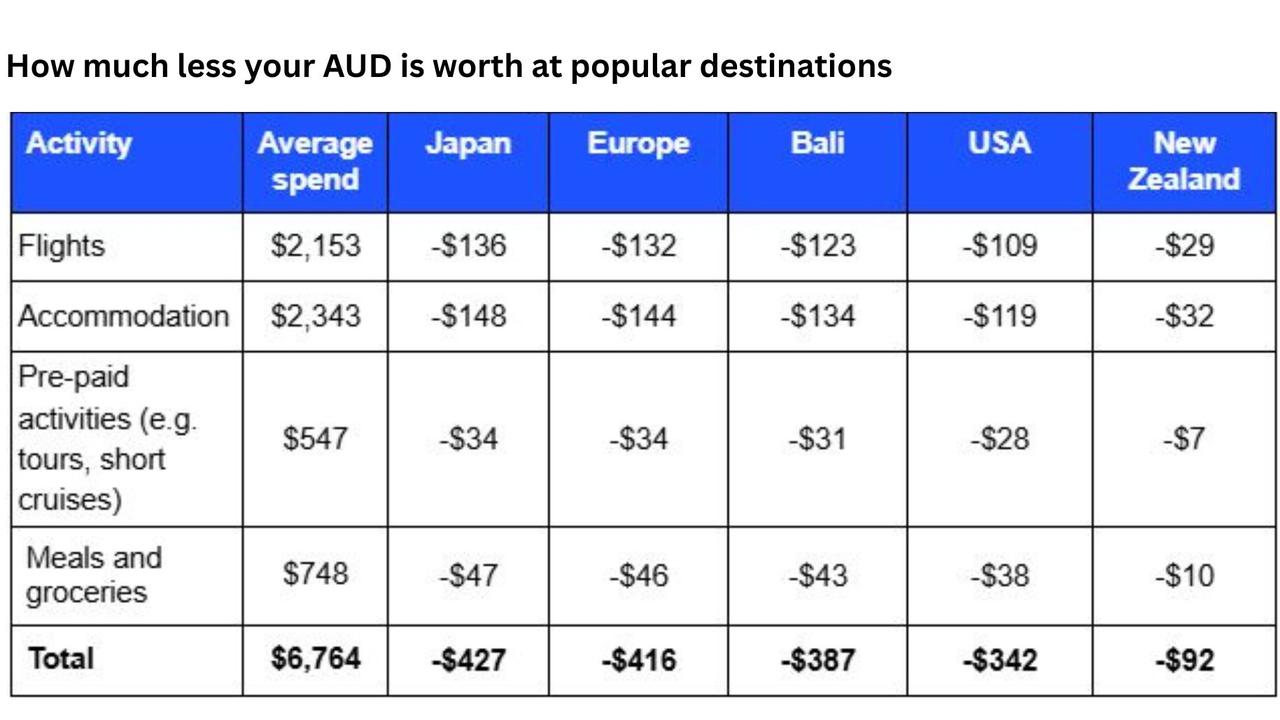
These destinations topped the list of countries Australians plan to visit this year, according to Finder’s ongoing consumer research.
For the US, the total cost would go up by $342 based on the change in rates over the last week.
It’s similar for Japan ($427), Europe ($416) and Indonesia ($387).
Japan is in the top three destinations for Australians seeking a holiday, with 12 per cent of us planning a trip there, Finder research shows.
The average cost of a trip to Japan would rise by $427 based on recent currency moves, and future trends are tricky to predict right now given constant changes to US policy on which tariffs might apply and where.
For New Zealand, which has a more stable exchange rate with Australia, the rise is just $92.
I’m not saying anyone wants to spend an extra $400 if they don’t have to.
But relative to a $6700 trip, that’s not a ridiculous increase.
And the same applies even if your trip plans were mega budget or very high-end luxury.
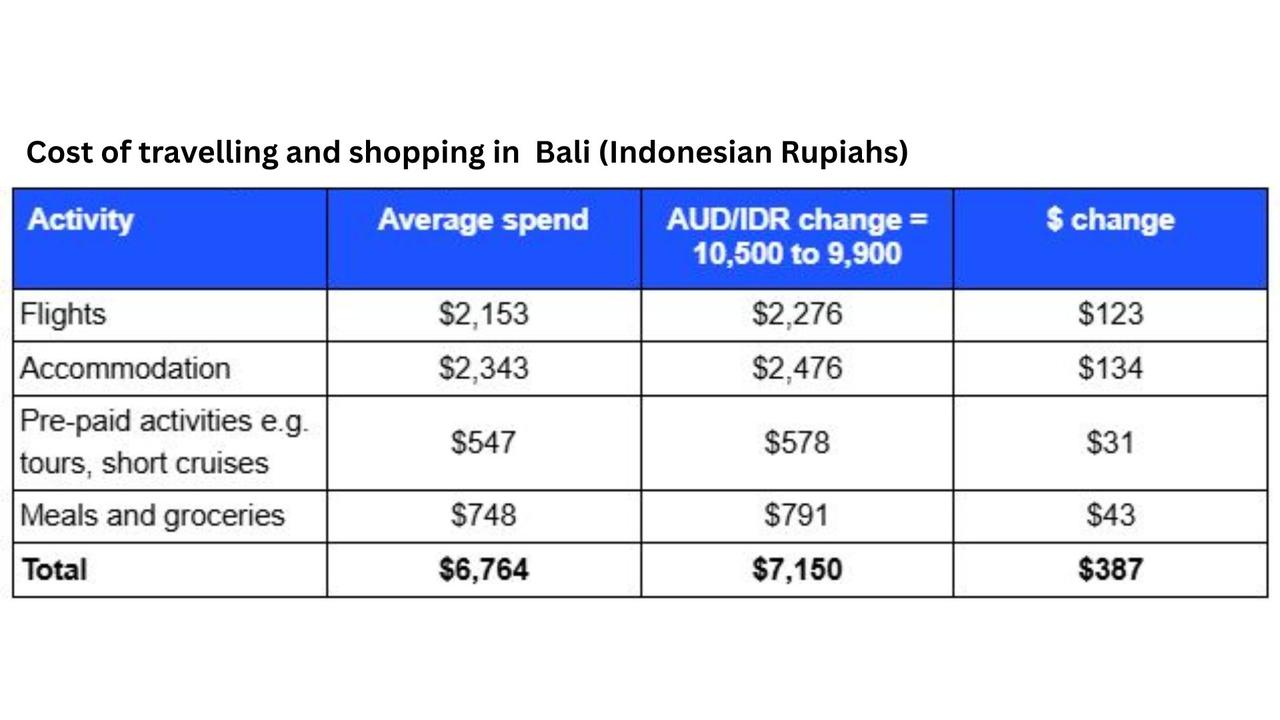
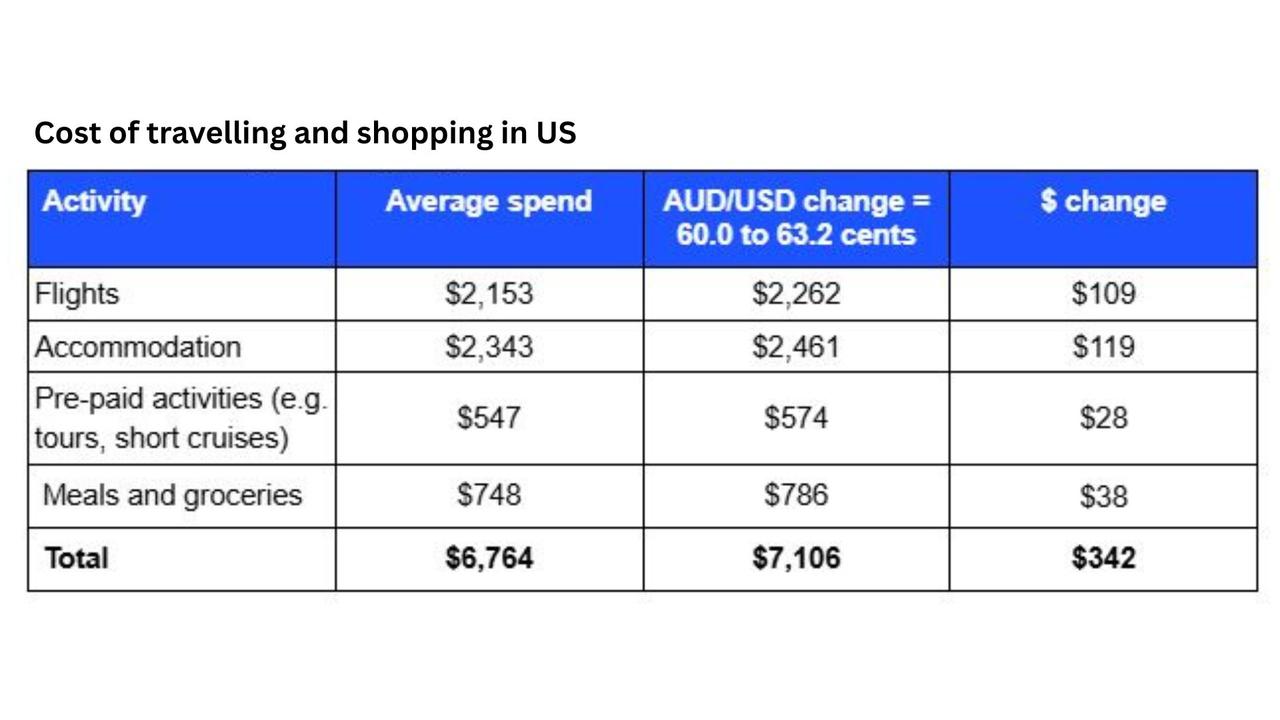
So what should you do?
When booking travel, the race is definitely to the swift.
If you’re planning a trip to the US, Europe or Asia for the northern summer, the cheap flights have already been and gone.
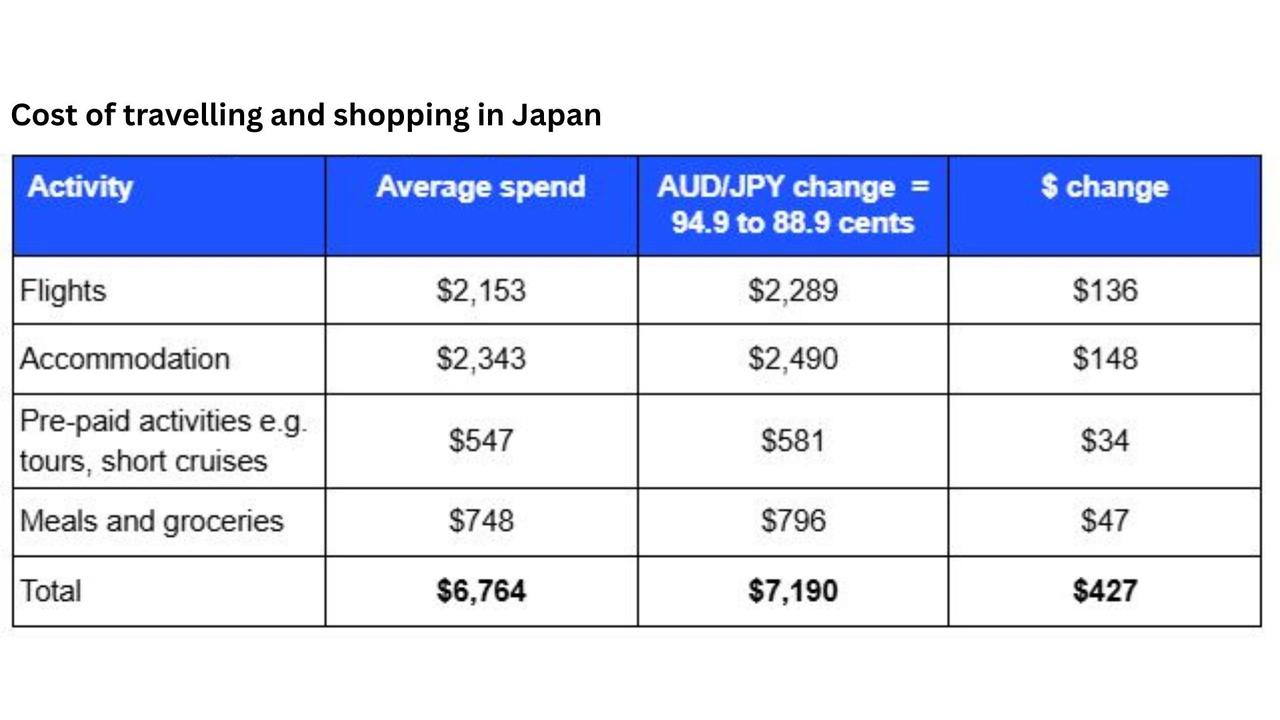
Ditto the cheap hotel rooms and cruise itineraries. That ship has literally sailed, and exchange rates aren’t the main culprit.
If you’re smart and have already booked and paid for your flights and accommodation, you need to think about your daily expenditure.
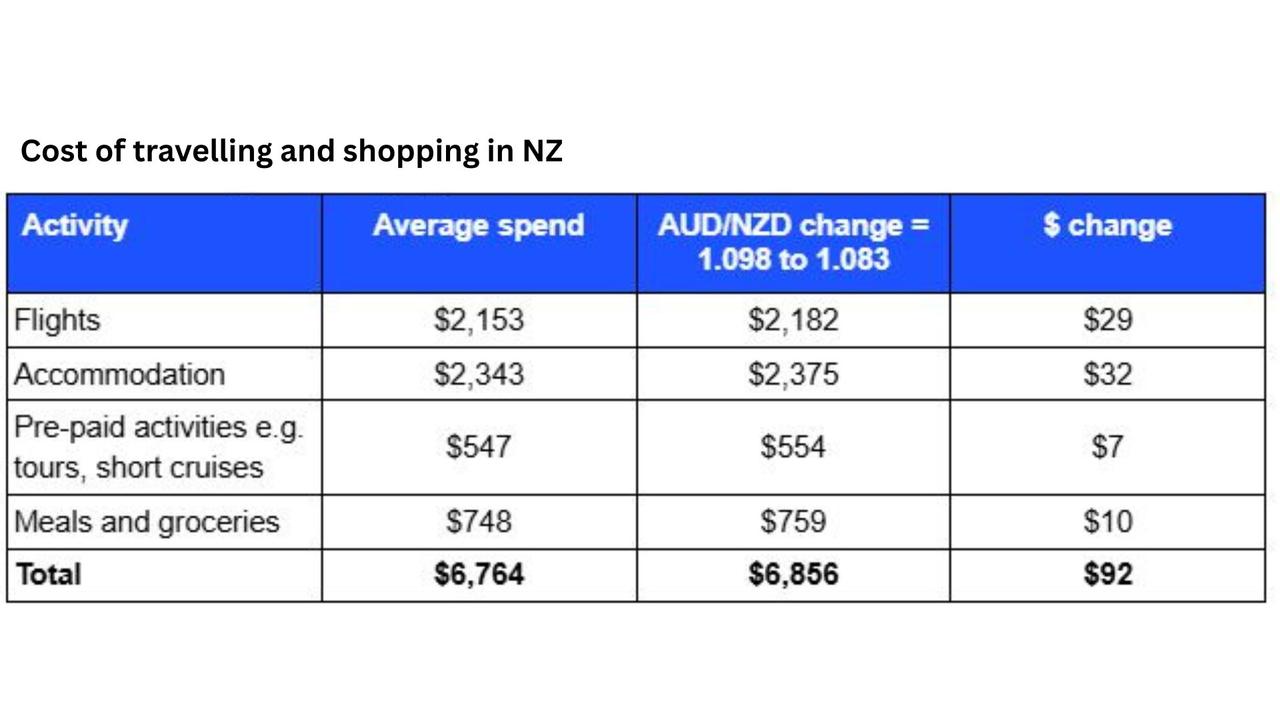
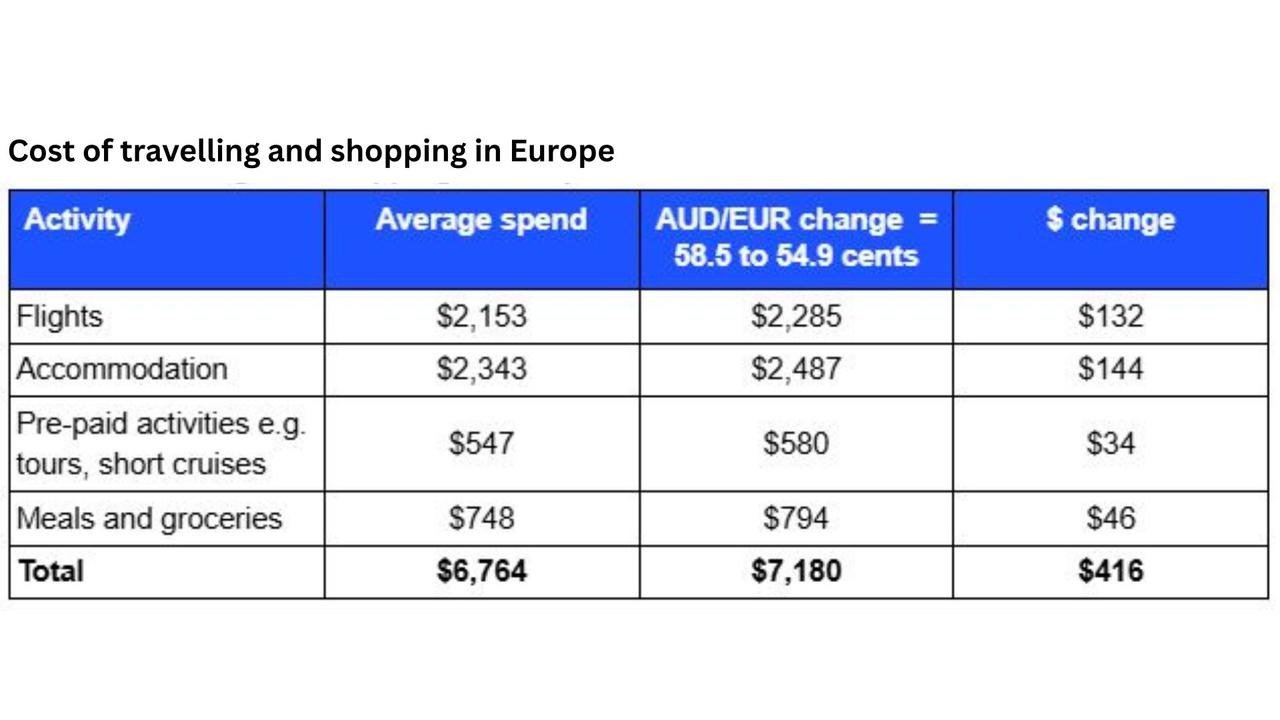
My approach? Set yourself a budget in Australian dollars for your shopping, excursions and dining out. That’s what you can spend, regardless of what the exchange rate does.
If rates fall a lot before your departure, you might need to sacrifice one ritzy night out for a cheap and cheerful takeout. But that doesn’t mean your holiday is ruined.
Focusing on exchange rates, which you can’t control, is just going to sap the joy from your planning.
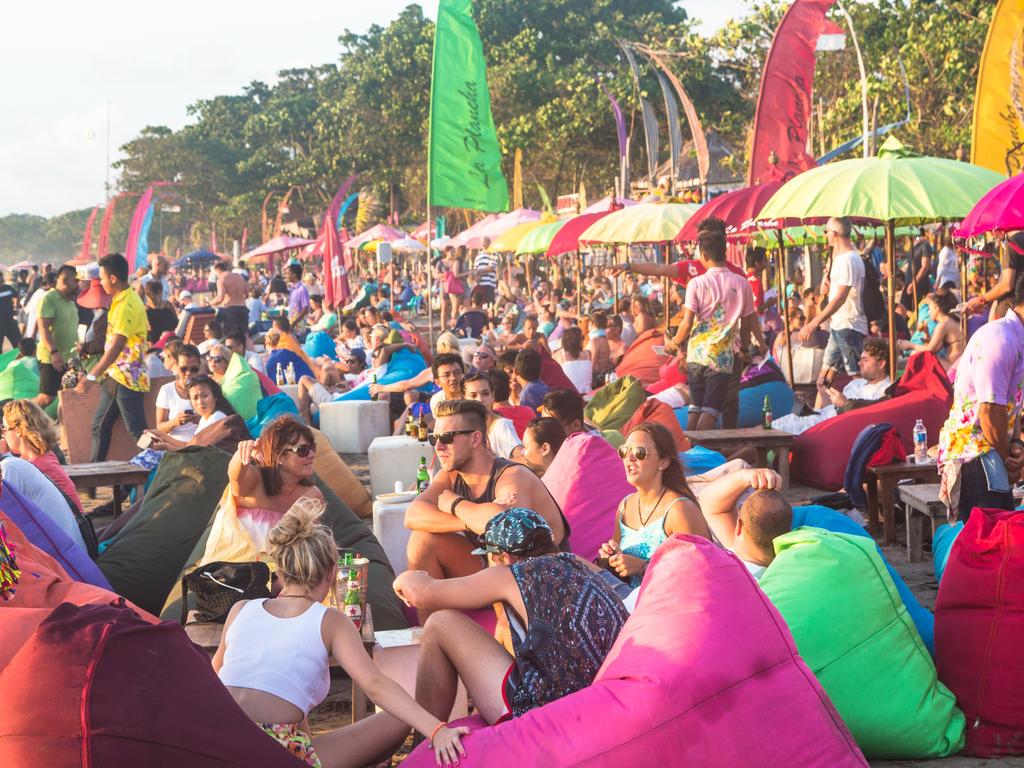
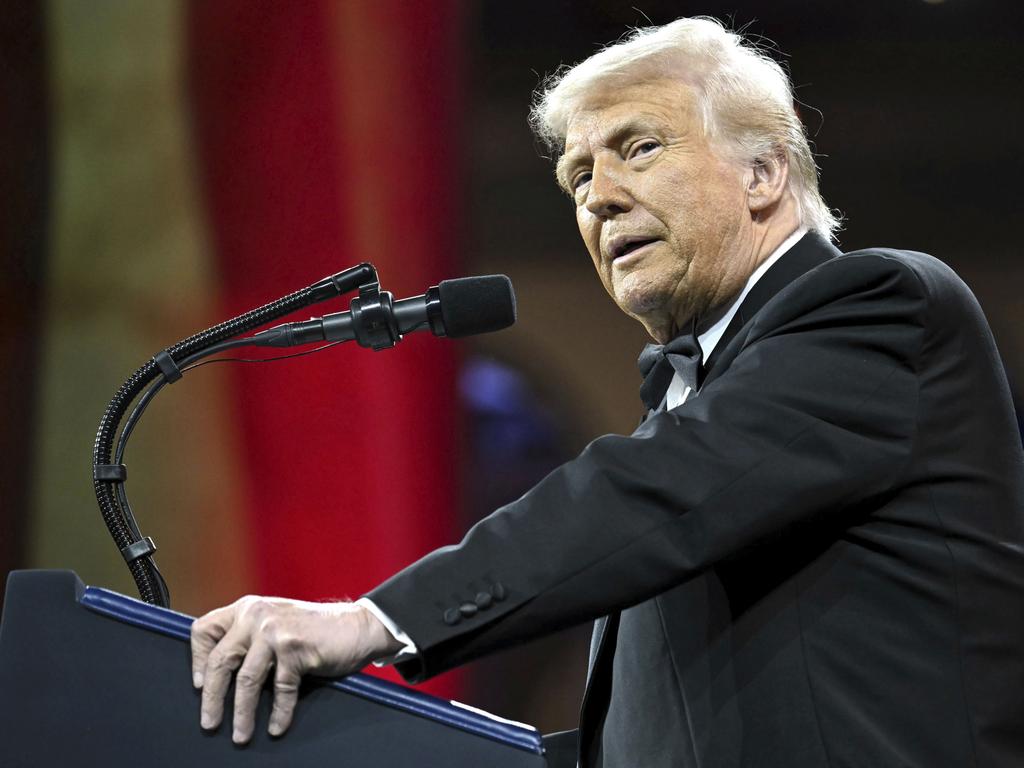
If you can, shop with a credit card that doesn’t charge foreign transaction fees – you’ll get near the current market rate and won’t pay any extra.
Paranoid about the US market? Assume the US dollar price is twice as much in Australia. That’s an over-estimate, but it’s also easy mental maths – and you’ll know when you’re getting near your planned total.
Angus Kidman is the travel expert and editor-at-large at Finder.






